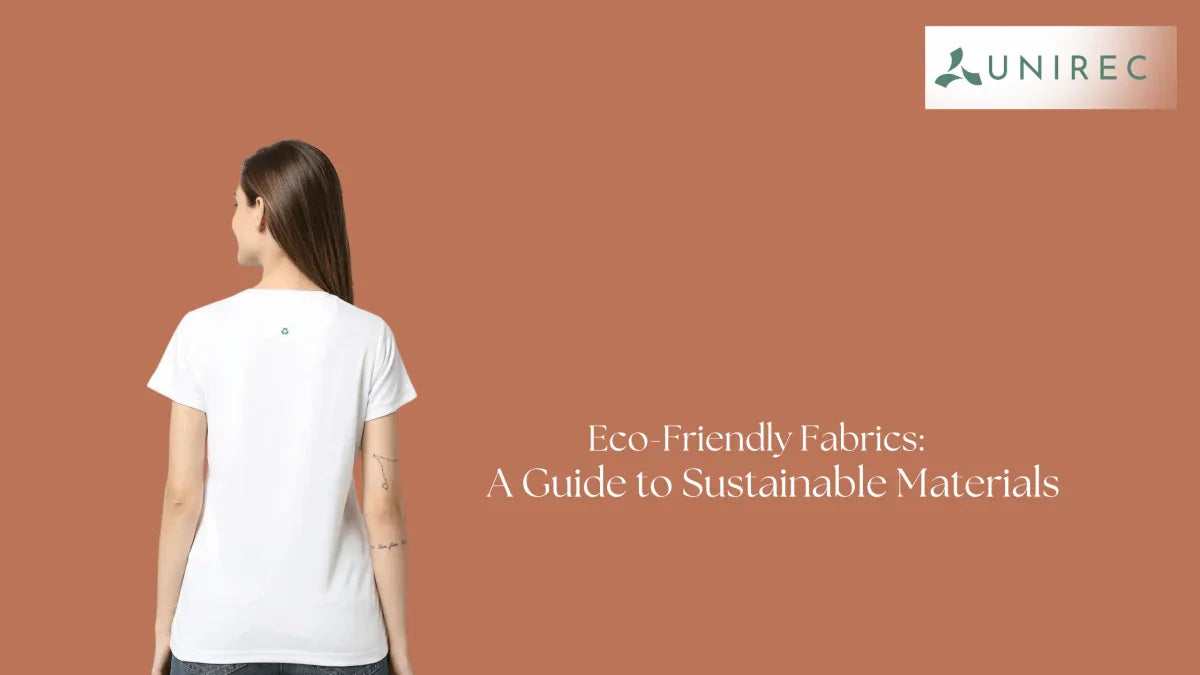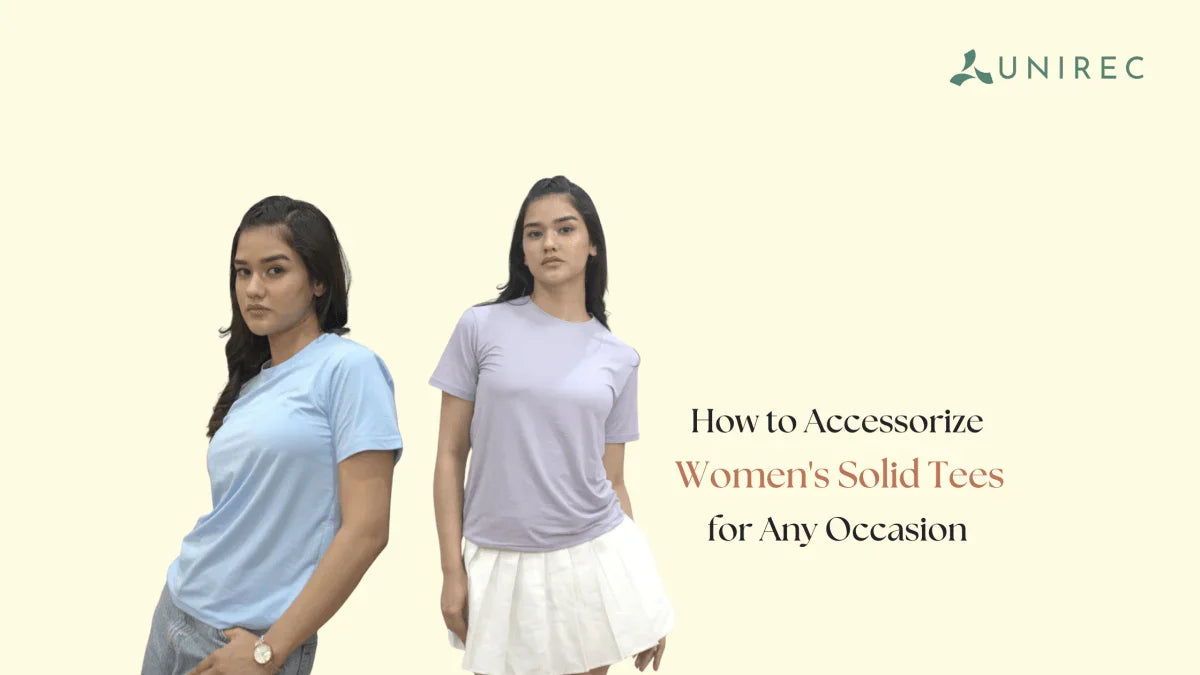Eco-Friendly Fabrics: A Guide to Sustainable Materials

Introduction
Sustainable fashion isn’t just a buzzword—it’s a movement that’s reshaping the industry. As consumers, our choices in clothing directly impact the environment. By opting for eco-friendly fabrics, we can significantly reduce our carbon footprint while still rocking stylish outfits. Let’s dive into what makes these sustainable materials so revolutionary.
What Are Eco-Friendly Fabrics?
Eco-friendly fabrics are the superheroes of sustainable fashion. These materials are designed to minimize harm to our planet during production and after disposal. Think biodegradable, renewable, and produced with minimal environmental impact. Sustainable fabrics ensure that being stylish doesn’t come at the cost of Mother Earth.
Top Eco-Friendly Fabrics to Consider
Organic Cotton
Soft, breathable, and chemical-free, organic cotton is a game-changer for eco-friendly clothing. Grown without pesticides or synthetic fertilizers, it’s healthier for farmers and the planet. From t-shirts to bed linens, its versatility makes it a sustainable materials champion.
Recycled Polyester
Recycled polyester turns trash into treasure. By repurposing plastic bottles and textile waste, it reduces landfill and conserves resources. Bonus: it retains the durability and versatility of traditional polyester.
Hemp
Durable and eco-conscious, hemp is the fabric equivalent of that reliable friend who’s always there for you. It requires little water, rejuvenates the soil, and is incredibly strong. From trousers to eco friendly fabrics tote bags, hemp has it all covered.
Bamboo
Yes, that panda snack can also dress you! Bamboo fabric is known for its soft texture and antimicrobial properties. Its quick growth and low water requirement make it a standout among sustainable fabrics, although eco-friendly clothing made from bamboo is best when processed mechanically.
Tencel (Lyocell)
Derived from wood pulp, Tencel boasts a closed-loop production process that recycles water and solvents. Its silky texture and sustainability credentials make it ideal for eco friendly clothing.
The Benefits of Choosing Sustainable Materials
Why go green? For starters, sustainable fabrics consume less water and energy during production. Plus, by choosing eco-friendly fabrics, you’re investing in the long-term sustainability of our planet.
How to Identify Sustainable Fabrics
Shopping for sustainable fabrics can feel like navigating a jungle, but understanding certifications makes it easier. Labels like GOTS (Global Organic Textile Standard) and OEKO-TEX ensure the materials meet high environmental and ethical standards. Look for brands with transparent supply chains, and don’t fall for greenwashing—a polished ad doesn’t always equal eco-friendly clothing.
Unirec’s Commitment to Sustainable Materials
At Unirec, sustainability isn’t a trend; it’s a mission. All our collection features eco-friendly fabric-recycled polyester, proving that style and sustainability can go hand in hand. With initiatives aimed at further reducing their environmental footprint.
Making Eco-Conscious Fashion Choices
Transitioning to an eco-friendly wardrobe doesn’t have to happen overnight. Start by incorporating pieces made from sustainable materials. Gradually replace fast-fashion finds with durable, timeless items. Remember, every step you take towards eco-friendly clothing counts.
Choosing eco-friendly fabrics is more than a fashion statement—it’s a commitment to our planet. By making informed decisions, we can all contribute to a greener future. Explore Unirec’s range of sustainable materials today and make your wardrobe a force for good.

